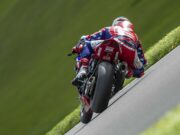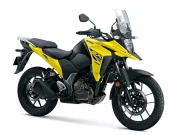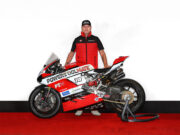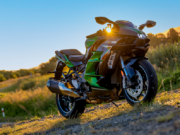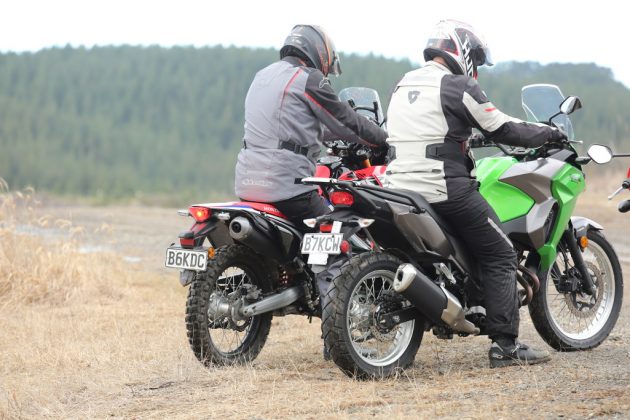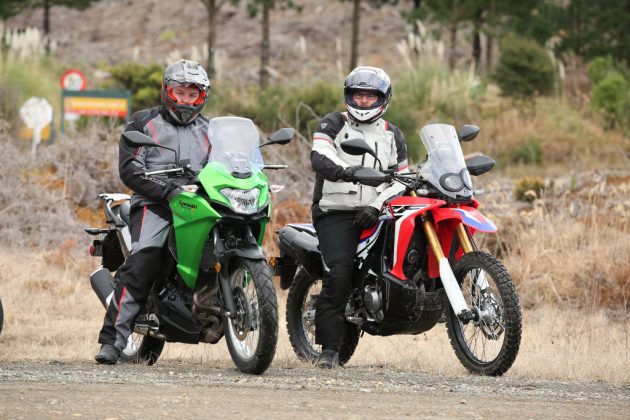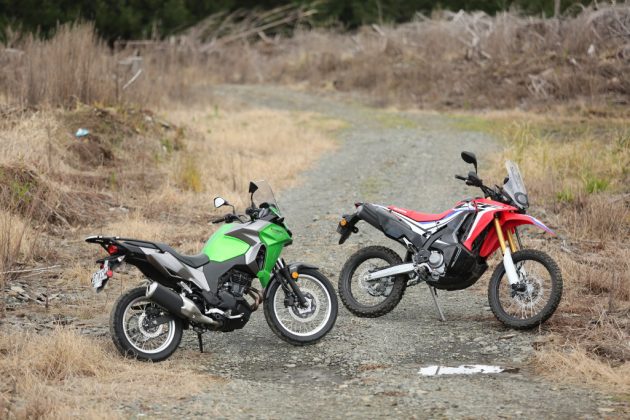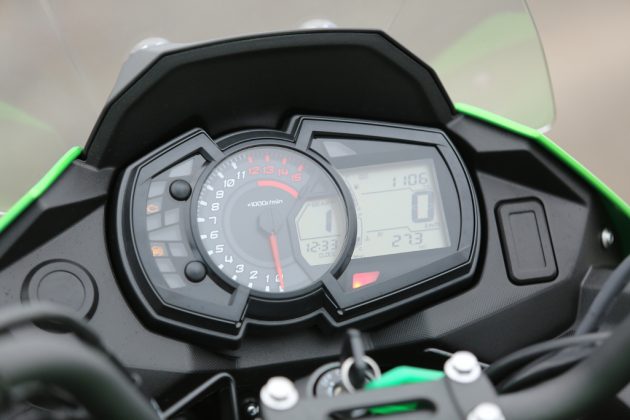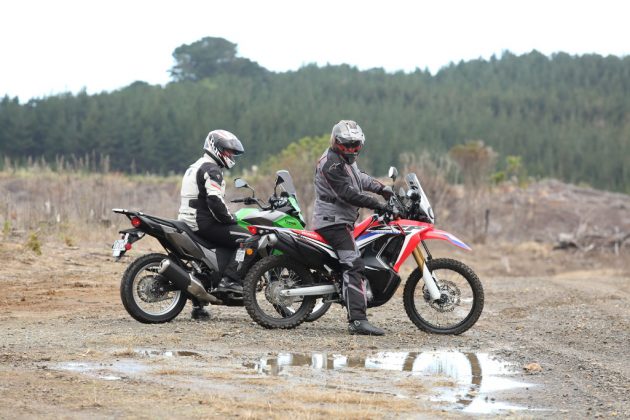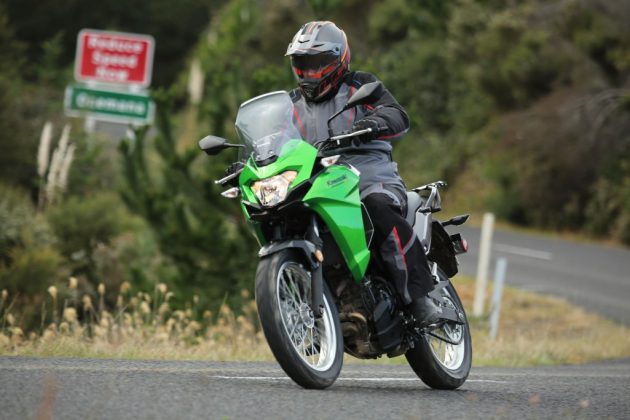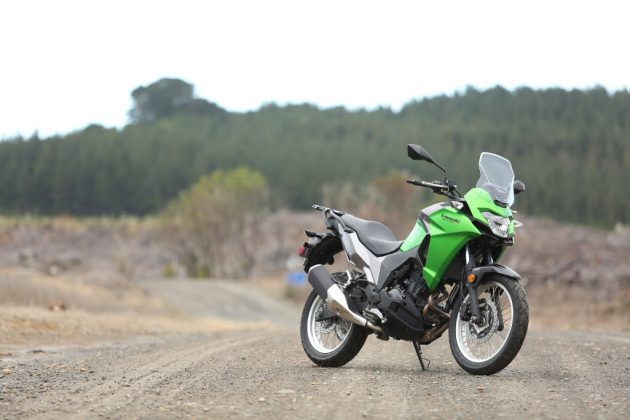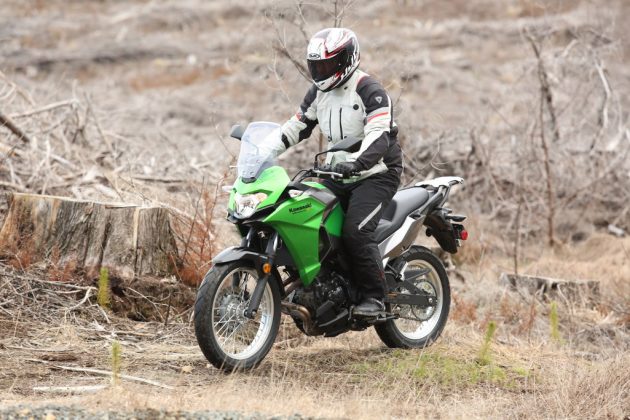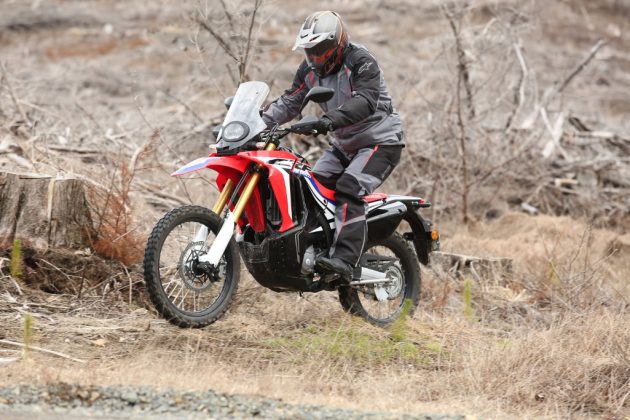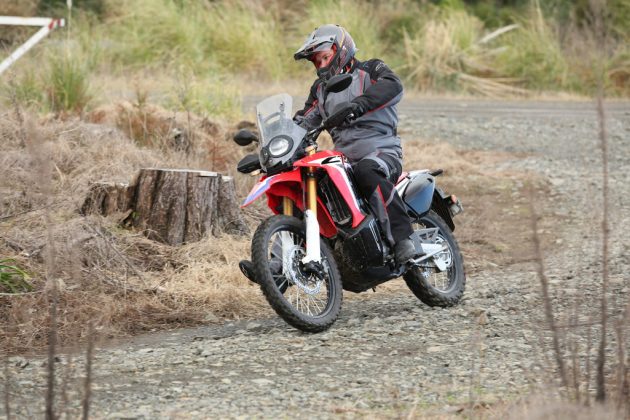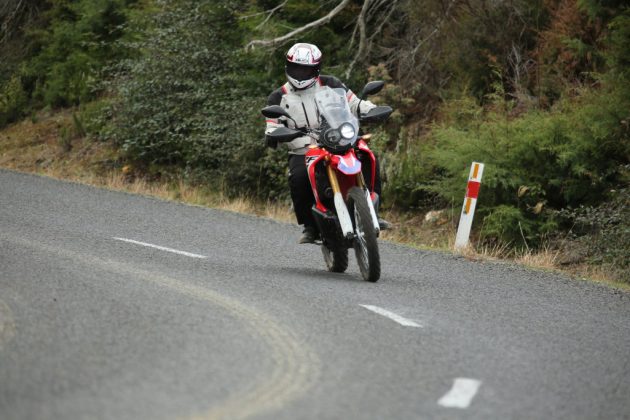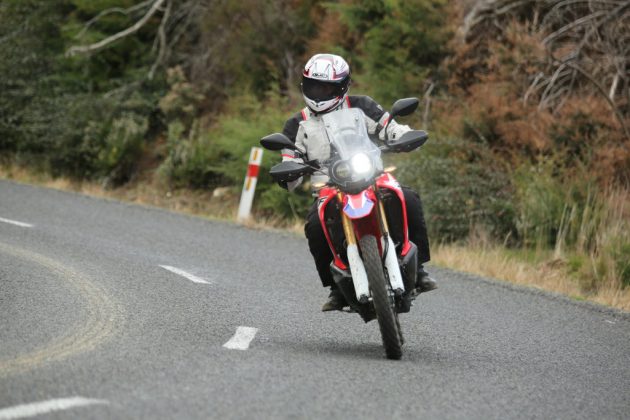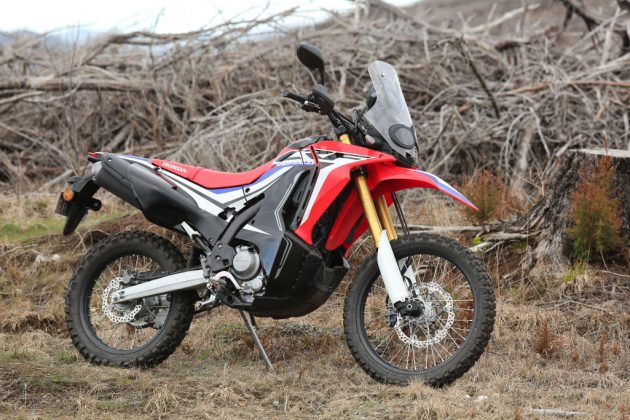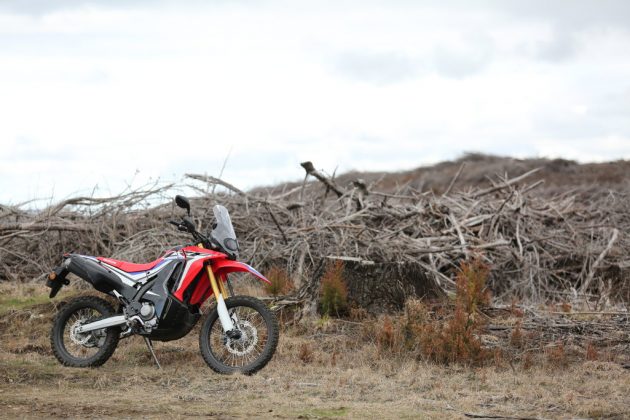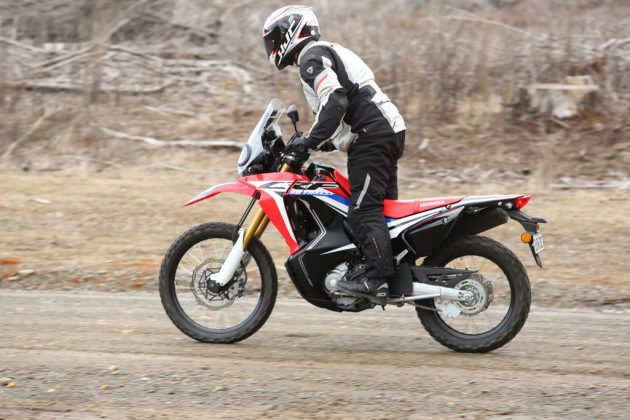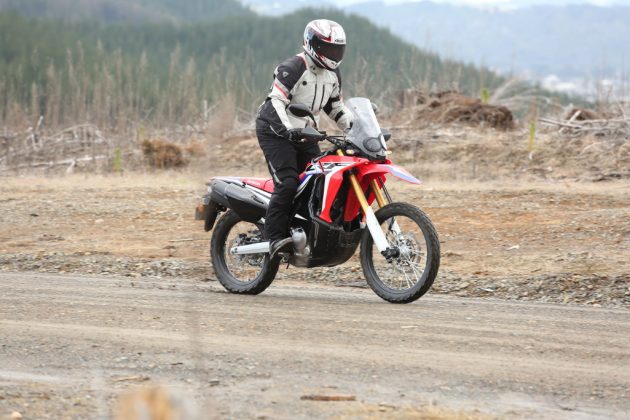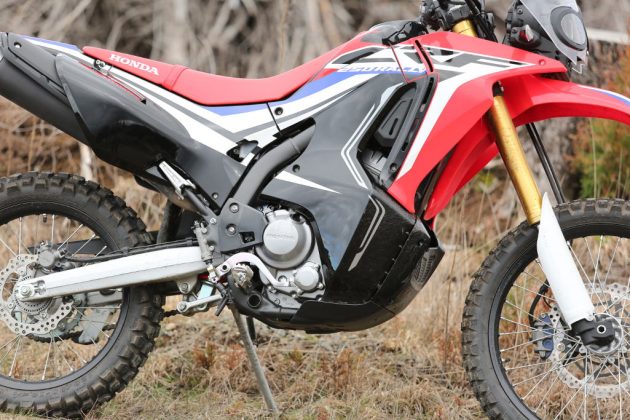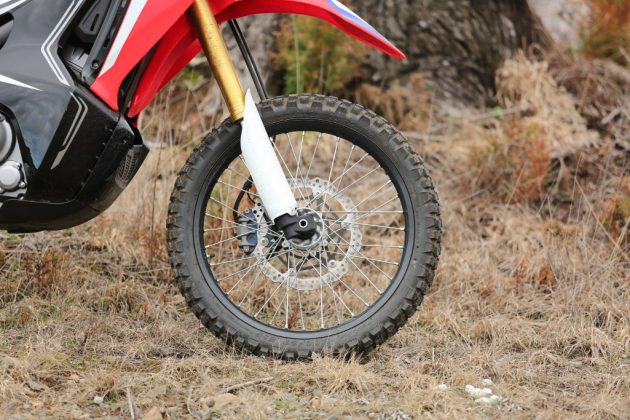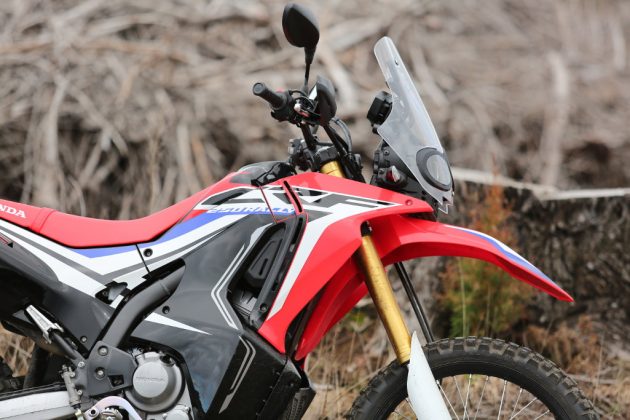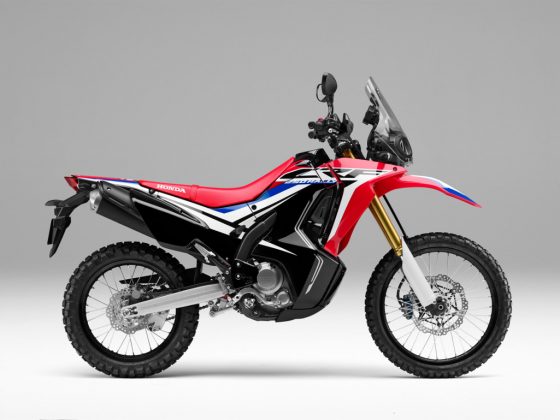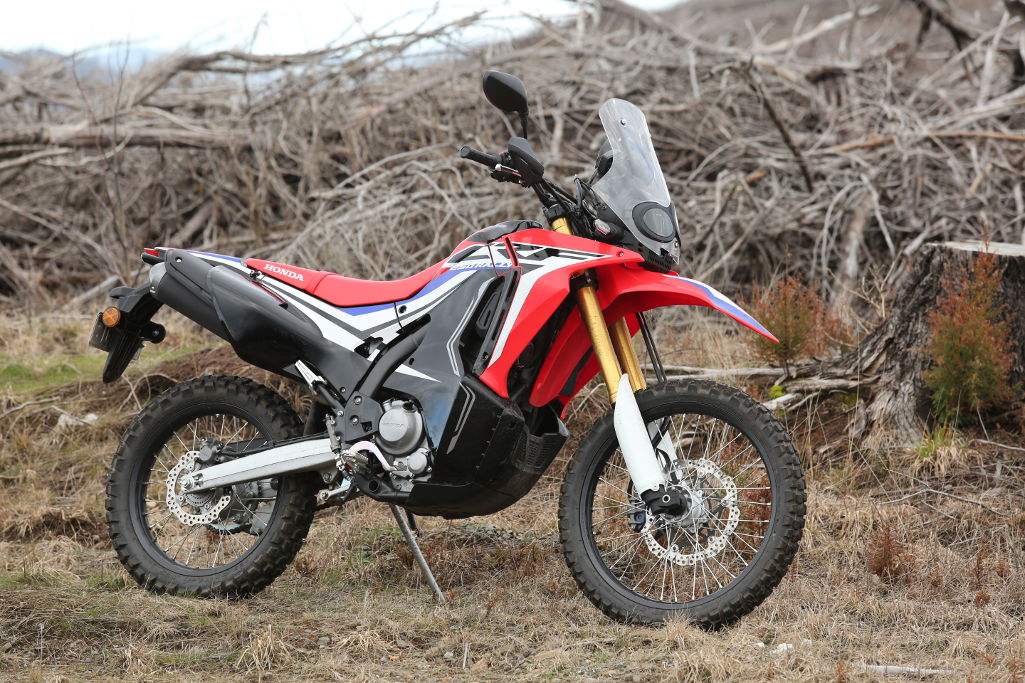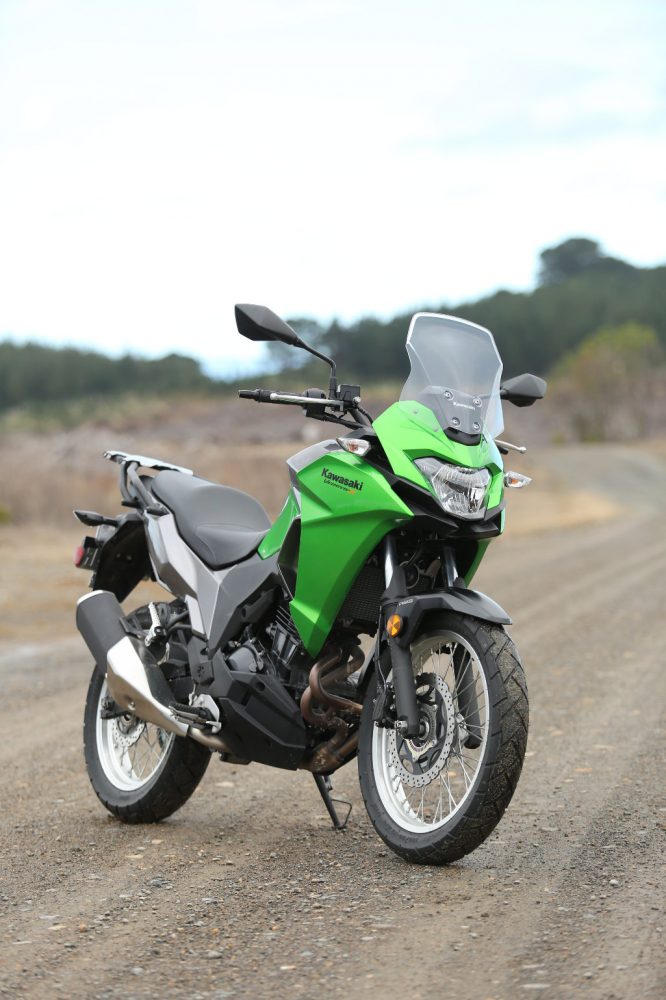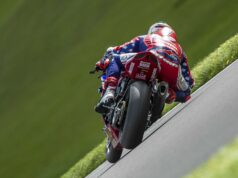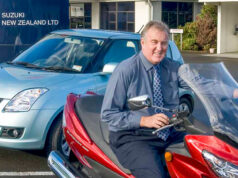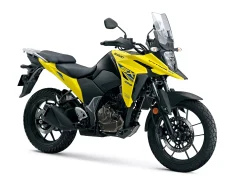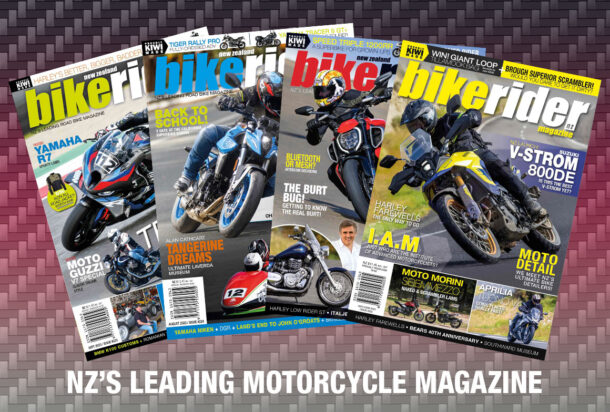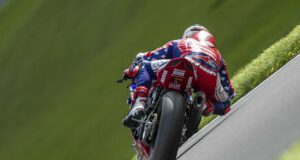PINT SIZED FUN
With the summer touring months well and truly here, these two pint-sized dual-purpose bikes prove you don’t need 1000ccs of grunt to have a fun adventurer…
Words: Mat Pics: BRM
To say we were excited when Honda, Suzuki, Kawasaki and BMW all announced compact adventure tourers at the 2016 EICMA show is a bit of an understatement; we couldn’t wait for the new class to arrive on our shores!
Not only did the bikes embody the family style cues of their much larger counterparts, but they also promised to open up the adventure touring market to riders who – for whatever reason – couldn’t stretch (financially and/or literally) onto one of the hero machines of the class.
With engines between 250cc and 400cc, they not only fit well into the LAMS approved market, but also comfortably spread themselves across the adventure riding spectrum. Today, we’ve got the first two bikes of the compact adventure class to arrive in New Zealand – the Honda CRF250L Rally and the Kawasaki Versys-X 300 – to take for a spin around the lower Coromandel and find out just how much adventure you can squeeze out of ‘little’ bikes.
The Red Corner
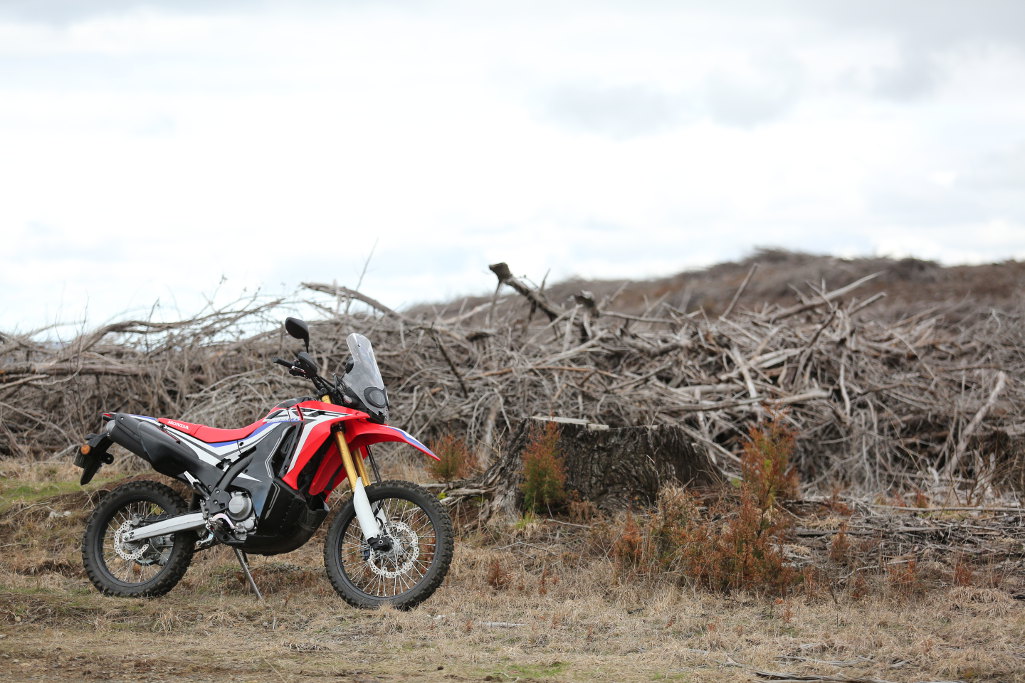 The Honda CRF250L Rally is decidedly more into the off-road capable end of the class than the Versys-X. Not only does the Honda benefit from a 21-inch front wheel and 18-inch rear wrapped in IRC knobby tyres, but it also sports a raised suspension and much higher riding position, thanks to the taller 894mm seat height.
The Honda CRF250L Rally is decidedly more into the off-road capable end of the class than the Versys-X. Not only does the Honda benefit from a 21-inch front wheel and 18-inch rear wrapped in IRC knobby tyres, but it also sports a raised suspension and much higher riding position, thanks to the taller 894mm seat height.
Derived from the trail and adventure-proven CRF250L, the Rally adds a larger 10.2-litre fuel tank, HRC CRF450 Rally inspired bodywork, and that aforementioned taller and longer travel suspension. The result is arguably one of the best-looking bikes in the 250cc class, especially if you love to follow the Dakar Rally every January.
Functionally, it works brilliantly as well thanks to switchable ABS – which can be turned off at the rear wheel – along with brilliant (pun intended) LED headlights, which are easily visible to other road users and quite handy when the sun disappears behind the hills as well.
At its centre and supported by a sturdy steel frame, is a slightly updated 249cc, single-cylinder CRF250L engine, which for 2017 produces 23hp and 22Nm of torque. It’s a slight, but much needed, increase on the 2016 CRF250L that sees the 157kg Rally easily able to do highway speeds of 110km/h and up.
The Green Corner
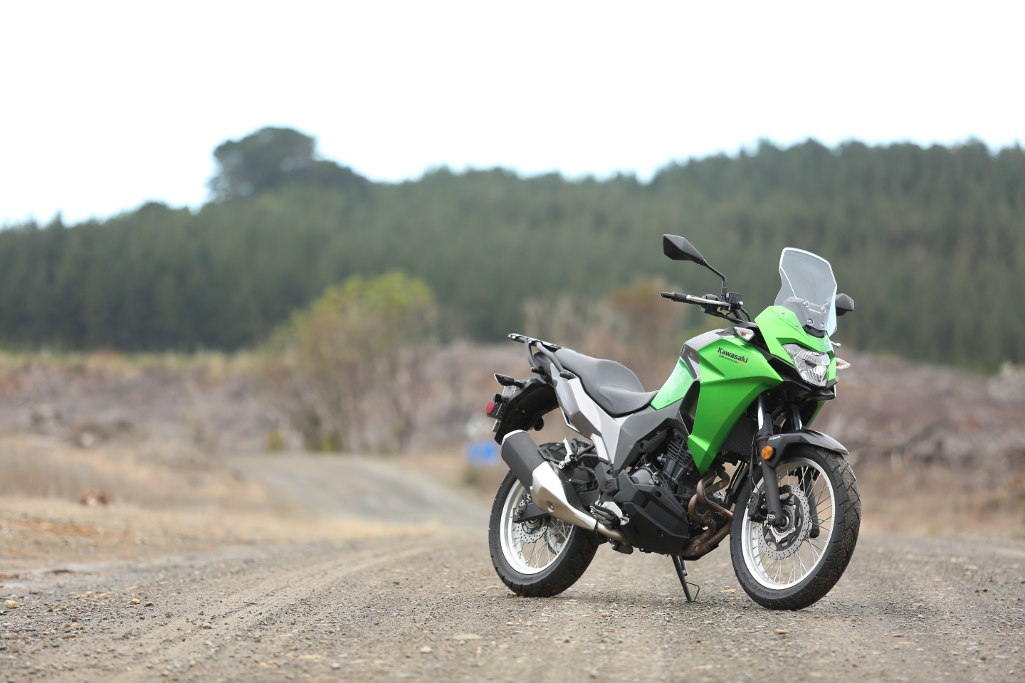 The Versys-X 300 brings to the table a more road-oriented adventure machine. While it shares the Versys name with the Versys 650 and 1000, it is equipped with a 19-inch front wheel and a 17-inch rear, unlike its sportier big brothers.
The Versys-X 300 brings to the table a more road-oriented adventure machine. While it shares the Versys name with the Versys 650 and 1000, it is equipped with a 19-inch front wheel and a 17-inch rear, unlike its sportier big brothers.
The fairing provides a decent amount of rider protection, and the factory rear rack makes for a very practical machine. The riding position is more familiar to road-going riders when compared to the Rally, and we did find that the stepped seat could use a bit more padding, as on longer trips it did become uncomfortable.
But what the Versys-X 300 doesn’t need is more power. Thanks to its Ninja 300-derived engine, the Kawasaki contender benefits from a healthy 39hp, making it much more willing on the open road to get up and go. It does only have 26Nm of torque, which is noticeable on slower rides atop gravel roads, but overall the roady Versys-X does well catering for those wanting a small capacity adventure tourer.
On the road
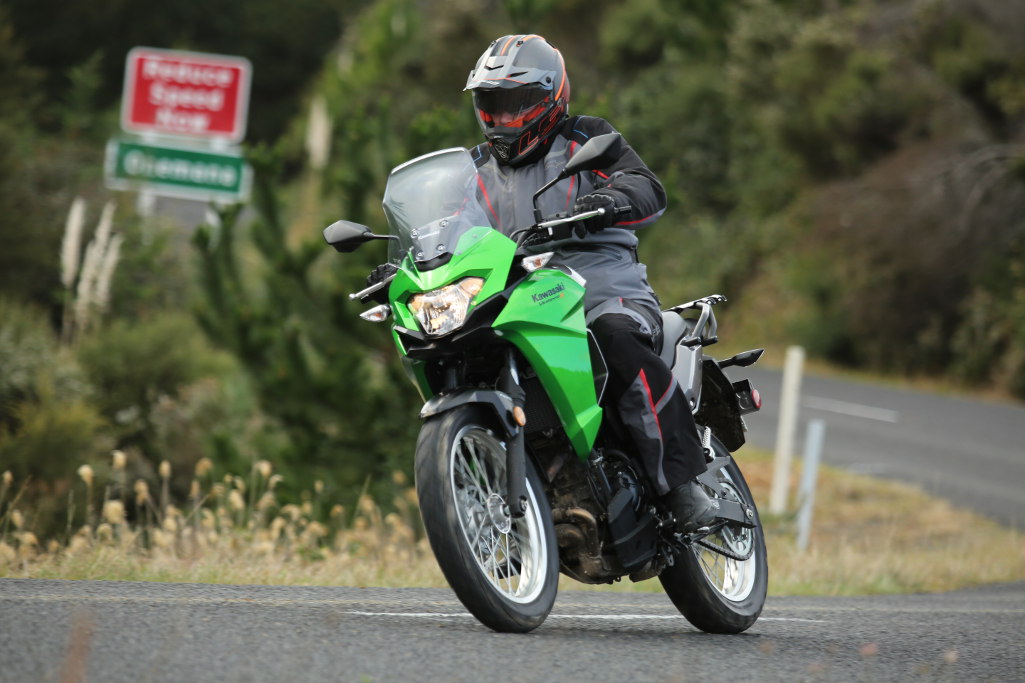 Not surprisingly, the more powerful Kawasaki shone on the open road with its extra 16hp really making a difference on the hilly roads of the lower Coromandel Loop. The 300 loves to rev, with peak power found at 11,000rpm, which meant we soon found ourselves upping the pace and easily overtaking traffic deemed too slow for our fun jaunt.
Not surprisingly, the more powerful Kawasaki shone on the open road with its extra 16hp really making a difference on the hilly roads of the lower Coromandel Loop. The 300 loves to rev, with peak power found at 11,000rpm, which meant we soon found ourselves upping the pace and easily overtaking traffic deemed too slow for our fun jaunt.
The assist and slipper clutch didn’t suit me personally, as I often found myself on the wrong end of it with frustrating results. While personally I could leave the assist and slipper clutch, new riders will definitely benefit from it, as they learn to shift effectively and efficiently as well as improve their own endurance, thanks to the light action of the lever.
The 6-speed gearbox, as with all Kawasakis, was a joy to shift through, though personally – cruising along at 110kph – I felt the bike could benefit from a slightly bigger sprocket to bring the revs down a smidge. It was by no means a deal-breaker, but the engine did feel a little buzzy to me at higher speeds.
With a low seat height of just 815mm, it is much easier to get on and off, and shorter riders will appreciate the ergonomics overall.
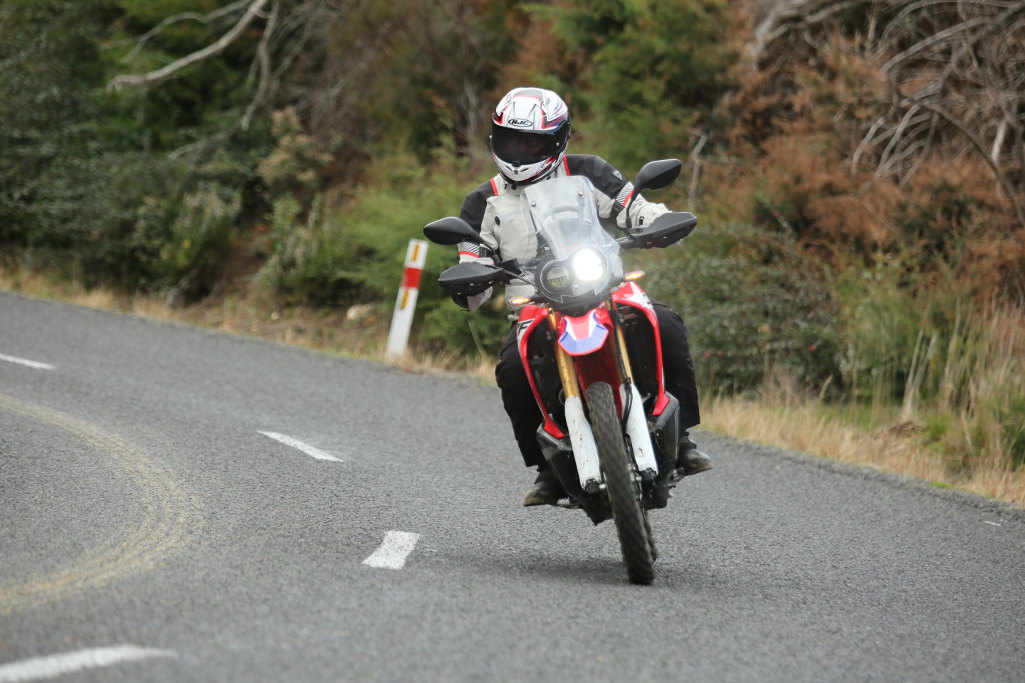 The Honda Rally, with its dirt-oriented setup, did surprisingly well at keeping up with the Kawasaki. While it couldn’t match the Kawasaki for speed or agility on the open road, I did find it slightly more comfortable – which will undoubtedly raise a few eyebrows.
The Honda Rally, with its dirt-oriented setup, did surprisingly well at keeping up with the Kawasaki. While it couldn’t match the Kawasaki for speed or agility on the open road, I did find it slightly more comfortable – which will undoubtedly raise a few eyebrows.
Unlike the Kawasaki, the Honda has a much more padded seat which – despite its plank-like looks – kept the dreaded butt ache at bay for longer. In fact, it possibly wouldn’t have reared its head at all if not for the grab handle (in)conveniently placed right where my backside wanted to be.
The biggest drawback on the road for the Honda however was its suspension, which was set to factory settings for our test. My 100-kilos sagged the pro-link monoshock drastically. This – combined with the soft forks – meant as soon as the road got twisty, the Kawasaki and its road-oriented suspenders soon disappeared from view.
While in the wind protection stakes the bikes are about on par, I felt the Rally just nudged the Versys-X in the fairing department and through its more sculpted bodywork and factory hand guards.
Gettin’ Dirty
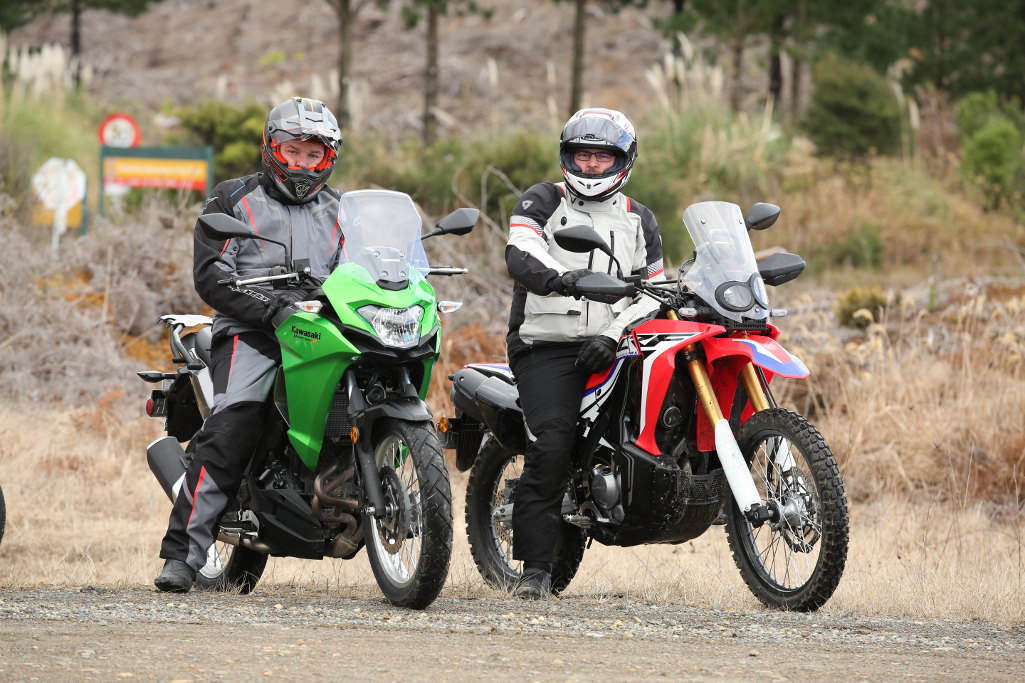 Pulling off the road to Onemana, just 3km north of Whangamata, it was the Rally’s time to shine with a gravel road and forestry tracks to keep us entertained.
Pulling off the road to Onemana, just 3km north of Whangamata, it was the Rally’s time to shine with a gravel road and forestry tracks to keep us entertained.
With its much greater ground clearance of 269mm and that soft suspension, the Rally soaked up the potholes and ruts off the track to become a thoroughly composed little adventurer.
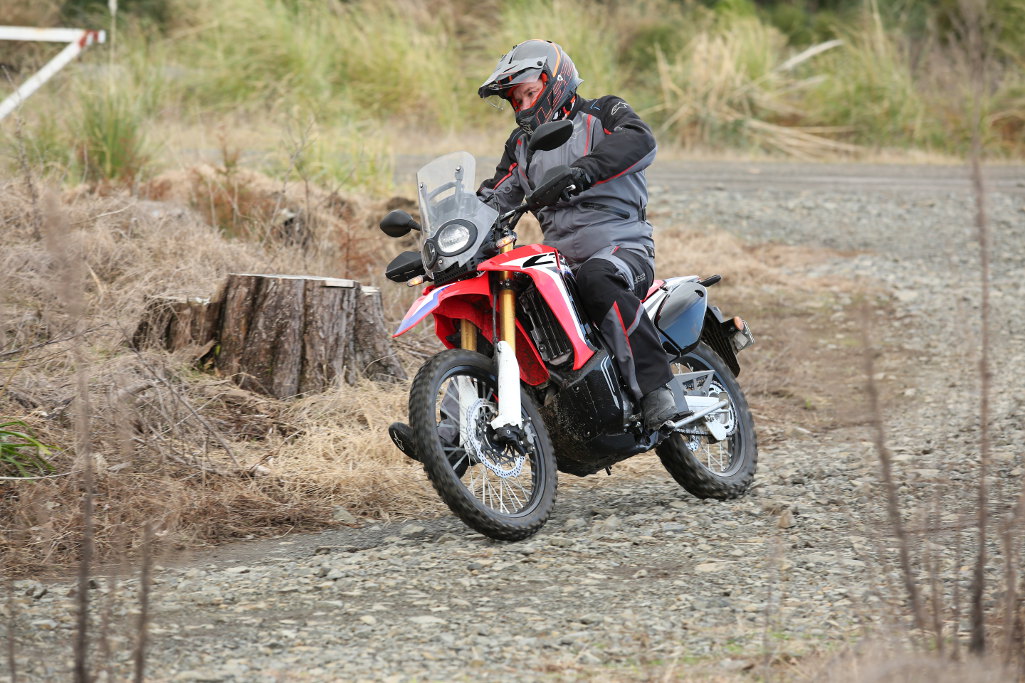 In this environment, the IRC tyres also proved to be a benefit, with the little Honda feeling much more planted than the Kawasaki, despite its higher centre of gravity.
In this environment, the IRC tyres also proved to be a benefit, with the little Honda feeling much more planted than the Kawasaki, despite its higher centre of gravity.
The Kawasaki was definitely not completely out of its element however, and handled the gravel and impromptu off-road course well. Our main concerns were the road spec footpegs which offered little in the way of grip compared to those of the Honda, and the Kwaka’s more road-oriented tyres constantly fighting for traction on the slippery gravel.
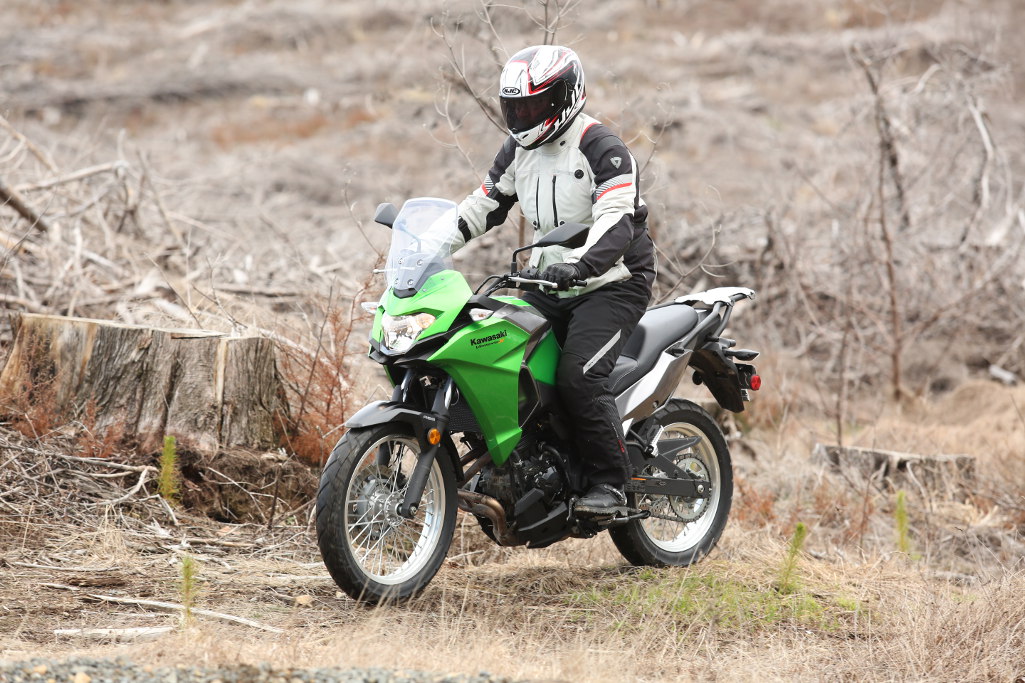 This did prove to be quite a bit of fun though, and it wasn’t long before Paul was sliding the little Kawasaki around and having a ball.
This did prove to be quite a bit of fun though, and it wasn’t long before Paul was sliding the little Kawasaki around and having a ball.
Different strokes
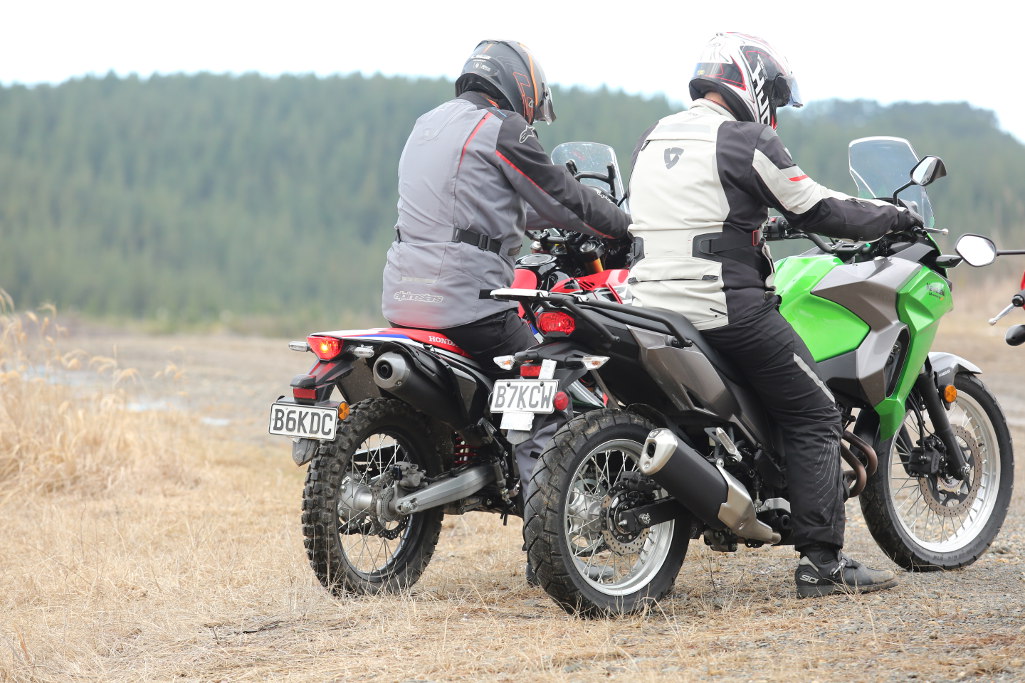 If anything, our time with the two compact adventurers proved one thing, you can’t go wrong with either, but they definitely excel in different areas.
If anything, our time with the two compact adventurers proved one thing, you can’t go wrong with either, but they definitely excel in different areas.
Both are priced very similarly, with the Honda coming in slightly cheaper than the Kawasaki at $8,690 plus on roads, while the Kawasaki arguably offers a bit more practicality for your $8,995 plus on roads.
The Honda looks the business, and performs well on the more adventurous roads we have here in New Zealand, but out on the open road, many riders will probably find the little 250 a bit lacking for their liking.
The Kawasaki is the opposite, and while it can handle gravel roads with ease, it is more comfortable out on the highways soaking up the miles, or popping down to the supermarket for a grocery run thanks to its factory fitted rack. It definitely takes the cake for being the more versatile bike right out of the box.
So, the better bike really is dependent on the type of rider you are and the type of riding you do. Think long and hard, but you can’t go wrong with either option.
2017 Honda CRF250L Rally
Type Liquid-cooled, Single, DOHC
Engine Displacement 249.6cc
Bore x Stroke 76 x 55mm
Compression Ratio 10.7:1
Max. Power Output 24 HP (18.2kW) @ 8500rpm
Max. Torque 22.6Nm @ 6750rpm
Carburation PGM-FI
Fuel Tank Capacity 10.2-Litres
Fuel Consumption 3.3L/100km
Clutch Type Wet multiplate hydraulic
Transmission Type 6-speed
Final Drive Chain
Frame Type Steel Twin Tube
Dimensions (LxWxH) 2210 x 900 x 1425mm
Wheelbase 1455mm
Caster Angle 28.1 degrees
Trail 114mm
Seat Height 894mm
Ground Clearance 269mm
Kerb Weight 157kg
Type Front 43mm Telescopic Upsidedown Fork
Type Rear Prolink
Rim Size Front 21-inch
Rim Size Rear 18-inch
Tyres Front 3.00-21 51P
Tyres Rear 120/80-18M/C 62P
Brakes Front Single 296mm disc with twin-piston Nissin caliper
Brakes Rear Single 220mm disc with single-piston Nissin caliper
ABS System Type 2-channel
Instruments Digital
Headlight LED
Taillight Bulb
2017 KAWASAKI VERSYS-X 300
Engine Type: Liquid-cooled, 4-stroke, parallel twin
Valve arrangement: DOHC, 8-valves
Displacement: 296cc
Bore x Stroke: 62 x 49mm
Compression Ratio: 10.6:1
Fuel System: Fuel injection: 32mm x2 with dual throttle valves
Maximum Power: 39PS at 11,500rpm
Maximum Torque: 26Nm at 10,000rpm
Clutch: Wet, multiplate, assist and slipper clutch
Transmission: 6-speed
Front Suspension: 41mm telescopic fork with 130mm travel
Rear Suspension: Bottom-Link Unit-Trak, gas-charged shock with adjustable preload and 148mm travel
Front brake: Single 290mm petal disc with single balanced actuation dual piston caliper with ABS
Rear brake: Singe 220mm disc with dual piston caliper with ABS
Front wheel: 19-inch, spoked
Rear wheel: 17-inch, spoked
Front tyre: 100/90-19M/C 57S
Rear tyre: 130/80-17M/C 65S
Rake/Trail: 24.3 degrees / 108mm
L x W x H: 2170 x 860 x 1390mm
Wheelbase: 1470mm
Seat Height: 815mm
Ground Clearance 180mm
Fuel Capacity: 17-litres
Kerb Weight: 175kg



